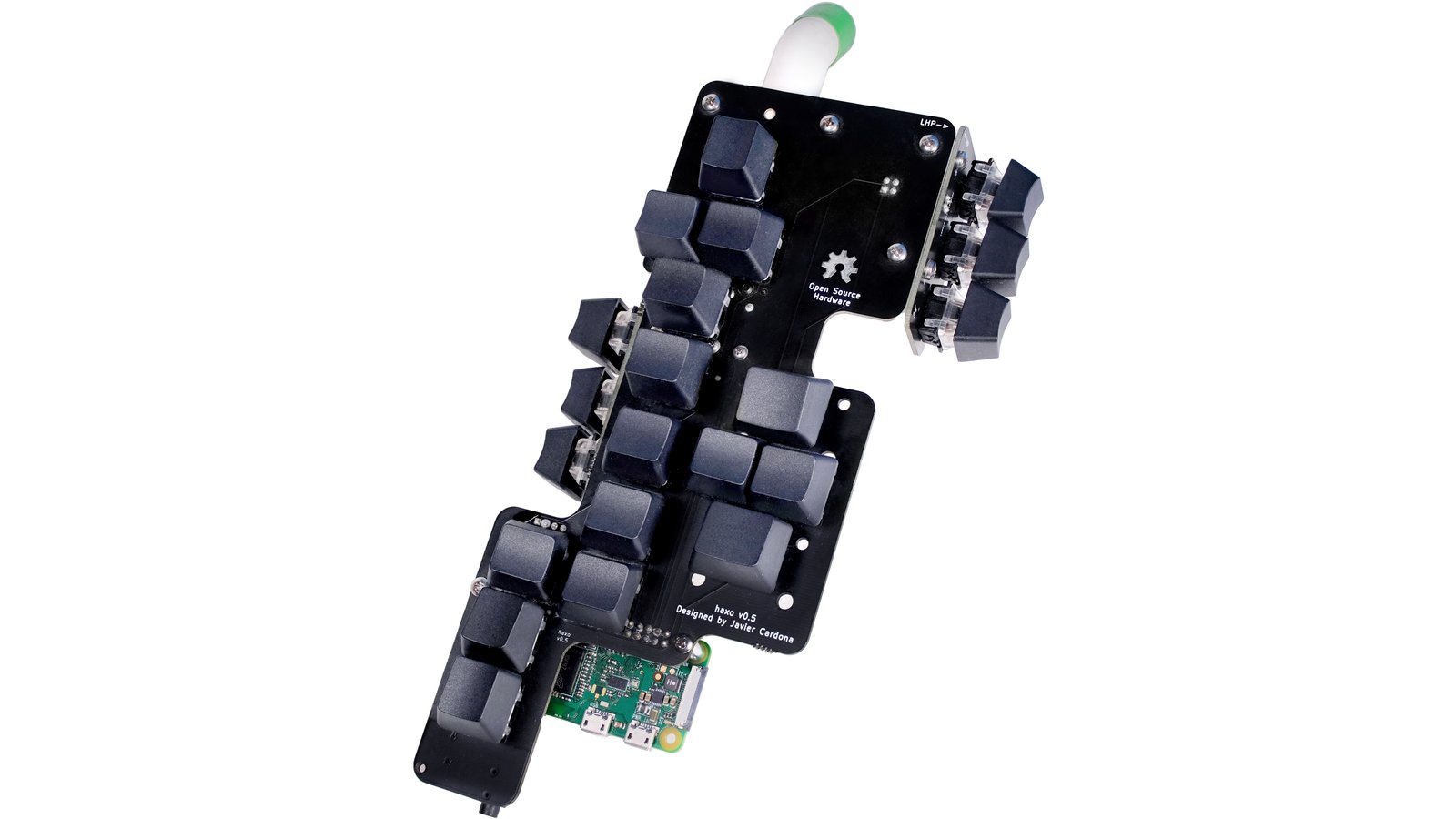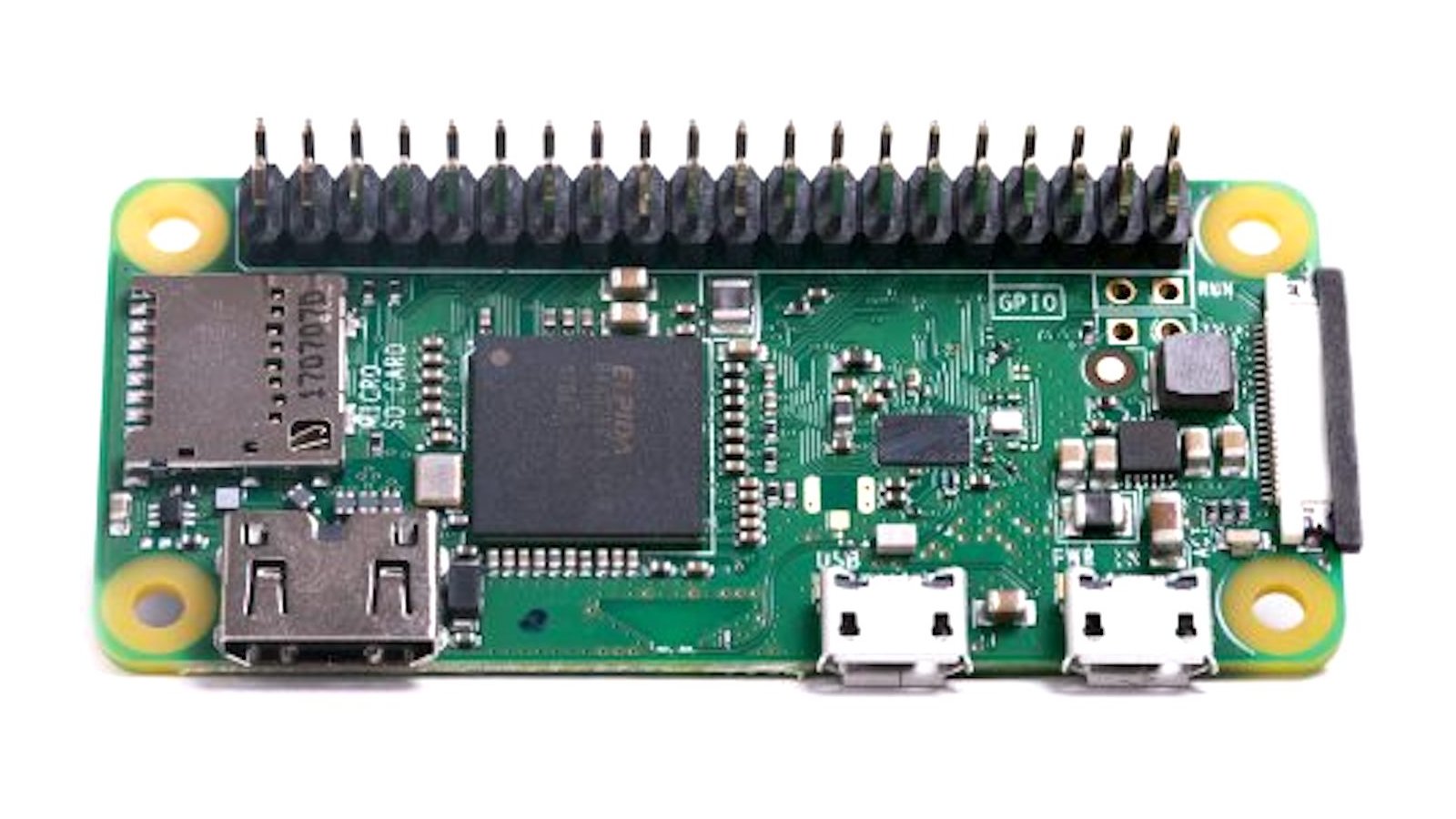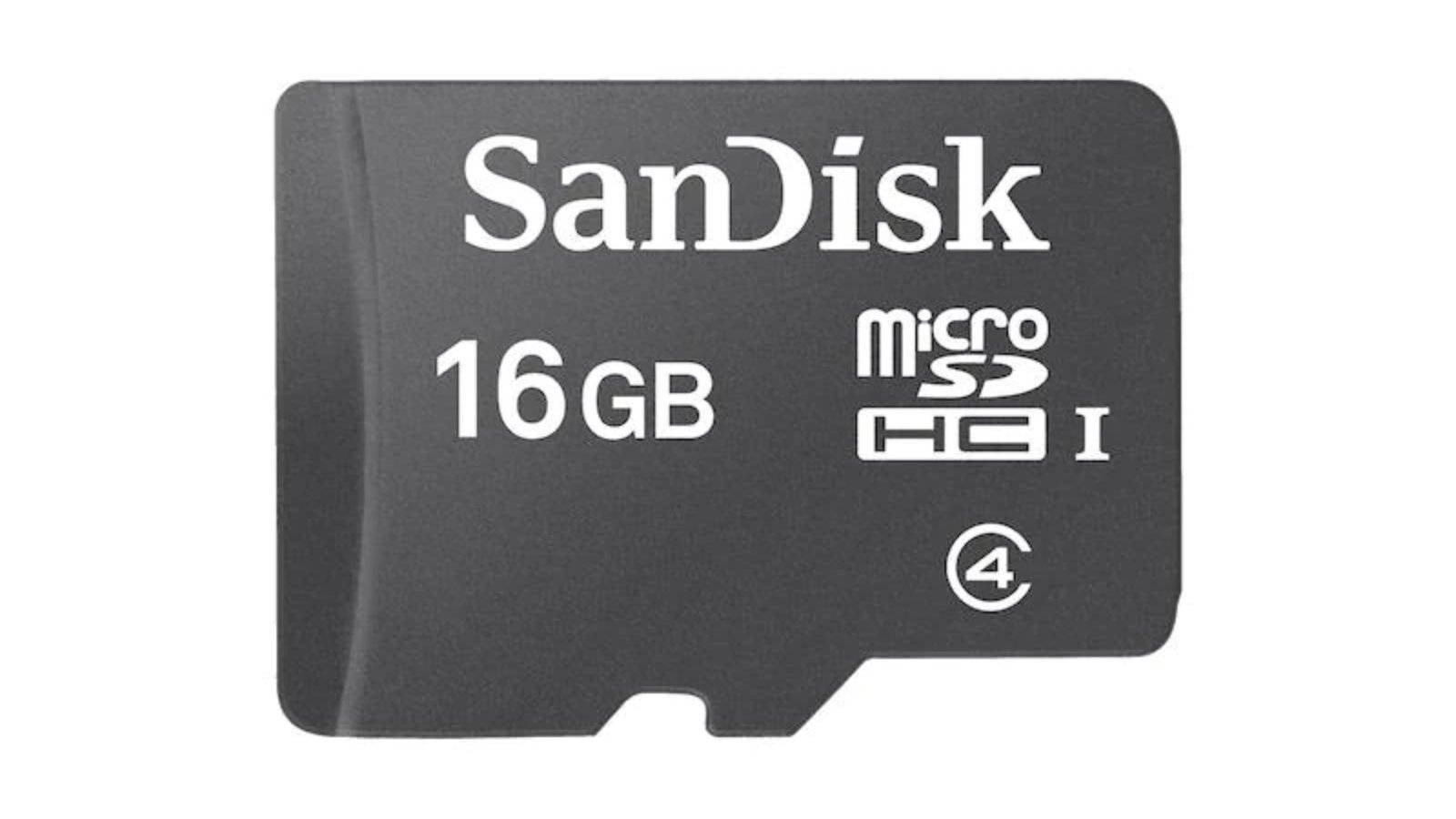Cardona Bits
Audio & Music
Keyboards & Input Devices
Cardona Bits
Audio & Music
Keyboards & Input Devices
The Haxophone offers a budget-friendly and fully customizable electronic musical experience akin to a travel saxophone. Powered by an elegant Raspberry Pi HAT, this unique instrument provides mechanical keys and custom ergonomics, ensuring a satisfying feel for musicians and hackers alike. Embodying the spirit of open source, the Haxophone is hackable, OSHWA certified, and encourages creative freedom, enabling users to customize key switches, note mappings, and more.
While the Haxophone is not a direct substitute for a traditional saxophone, it offers remarkable accuracy, allowing saxophone players to practice quietly or on the move. With transferable muscle memory between the Haxophone and the traditional instrument, rehearsals can now occur in unconventional settings that were previously inconceivable with a standard saxophone. Moreover, repair costs are reasonable, and the Haxophone’s compact and lightweight design makes it more portable than any regular saxophone.
The Haxophone cleverly utilizes standard mechanical key switches as fingering keys, offering cost-effective, reliable, and easily repairable alternatives to digital saxophones’ custom molded keys.
Embracing hackability, the Haxophone encourages exploration and creativity. Modify fingerings, change sounds, add features like beats or LEDs—the software, written in the beloved Rust language, enables easy customization.
The Haxophone comes as a HAT (Hardware Attached on Top) for Raspberry Pi single-board computers. Its keyboard layout mirrors that of saxophones. Additionally, it features a neck compatible with regular saxophone mouthpieces and a pressure sensor for airflow detection. The built-in audio amplifier ensures optimal performance even with the cost-effective Raspberry Pi Zero.
For repair and customization needs, simply 3D print replacement parts, including the thumb rest, using the provided source models available in our repository.
The Haxophone PCB is an integral part of the instrument’s structure, directly attaching key switches, thumb rests, mouthpiece, and Raspberry Pi. Side keys (left palm and right knuckle keys) are mounted on smaller detachable PCBs, effectively reducing manufacturing expenses.
The keyboard adopts a 3x8 matrix, with the mapping of saxophone keys to keyboard column/row values.
Please note that due to PCB size constraints, the high F# key is not included. However, the Haxophone is already pre-configured with common high F# mappings. For less common configurations, the software is easily extendable.
The Haxophone incorporates an audio amplifier and a 3.5mm mini-jack, facilitating connectivity to headphones or external amplifiers.
The diagram below shows how the Haxophone connects to a Raspberry Pi. The keyboard matrix uses discrete GPIOs, the pressure sensor uses I2C, and the audio amplifier uses I2S.
The Haxophone is officially certified by the Open Source Hardware Association with UID PT000005.
| Haxophone | Mark VI tenor | YDS-150 | YVS-140 | ||
|---|---|---|---|---|---|
| Manufacturer | Cardona Bits | Selmer | Yamaha | Yamaha | |
| Quality of Sound | Good | Great | Good | Not Good | |
| Multiple Sound Instruments | Yes | No | Yes | No | |
| Same Fingering as Saxophone | Yes | Yes | Yes | No | |
| Plays in Tune | Always | Not always | Always | Always | |
| Open Source Hardware Certified | Yes | No | No | No | |
| Repairable | Yes | Only by professionals | Only by professionals | No | |
| Customizable | Yes (keycaps, code, 3d printed parts) | No | No | No | |
| Silent Playing (with Headphones) | Yes | No | Yes | No | |
| Weight | Very light (180g) | Heavy (3.5 Kg) | Medium weight (1.1 Kg) | Light (438g) | |
| Programmable | Yes | No | No | No | |
| Can Carry and Play on Airplane | Yes | No | Only in business class (due to 70cm length) | No (loud) | |
| Price | $ | $ $ $ $ | $ $ $ | $ $ |
The Haxophone is designed with transparency and community input in mind. Our extensive Github Repository includes open-source information, hardware files, software, assembly instructions, and more. For assistance, documentation, and discussions
"The design is fully open source, hackable and OSHWA certified. This means that you can make Haxophone entirely your own, from changing the type of key switches to making your own note and instrument mappings."
Produced by Cardona Bits in Porto, Portugal.
Sold and shipped by Crowd Supply.

A fully assembled HAT ready to be plugged into a Raspberry Pi (RPi not included)

From the Raspberry Pi Zero project.
Half the size of a Model A+, with twice the utility, plus Wi-Fi and Bluetooth connectivity and pre-soldered pin headers.

From the Crowd Supply Basics project.
16 GB UHS Class 4 MicroSD Card